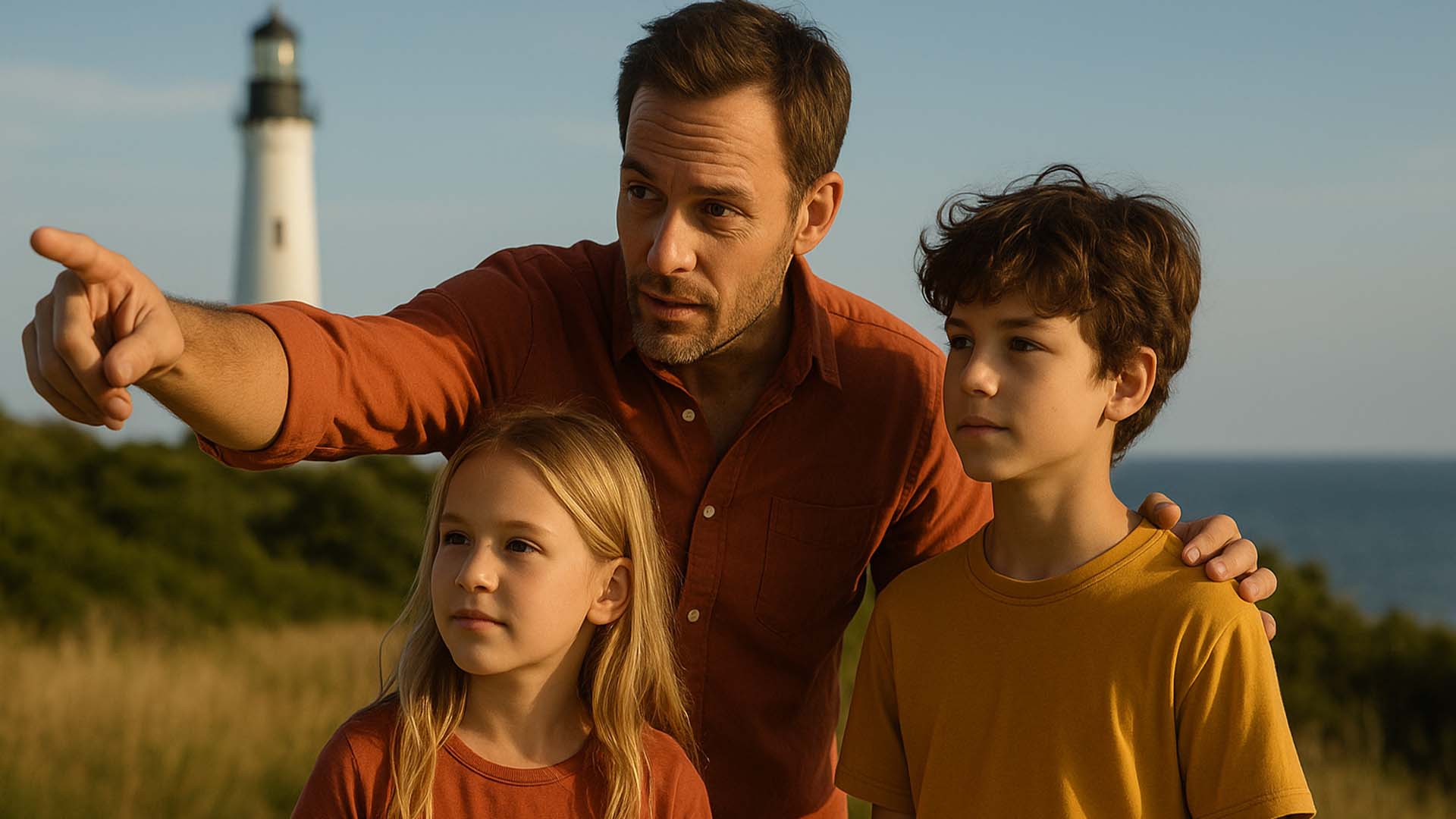Parenting styles are as diverse as the families who embrace them. From helicopter parents who hover over every move to free-range parents who encourage independence, each approach has its unique philosophy. In recent years, a new term has emerged in the parenting lexicon: Lighthouse Parenting. This approach, gaining traction for its balanced perspective, aims to provide children with a secure base from which to explore, learn, and grow, much like a lighthouse guides ships safely to shore. Let’s delve into what lighthouse parenting entails and how it can foster resilient and independent children.
What is Lighthouse Parenting?
Lighthouse parenting, a term popularized by Dr. Kenneth Ginsburg, a pediatrician and author, describes a parenting style where parents act as a guiding presence rather than a controlling force. Imagine a lighthouse: it stands tall and strong, providing a steady beam of light to help ships navigate treacherous waters. It doesn’t tell the ships exactly where to go, nor does it rescue them from every storm. Instead, it offers a reliable point of reference, allowing ships to chart their own course while knowing they have a safe harbor to return to if needed.
In practice, this means parents provide a strong foundation of love, support, and clear values, while also giving children the freedom to make their own choices, learn from their mistakes, and develop their own sense of self. It’s about being present and available, offering guidance when asked, and stepping back to allow for independent exploration and problem-solving.
Key Principles of Lighthouse Parenting
Several core principles underpin the lighthouse parenting approach:
- Unconditional Love and Support: Children need to feel deeply loved and accepted for who they are, regardless of their achievements or mistakes. This creates a secure attachment that allows them to take risks and explore.
- Clear Boundaries and Expectations: Just like a lighthouse has a defined beam, parents set clear, consistent, and reasonable boundaries. These boundaries provide a sense of security and structure, helping children understand what is expected of them.
- Fostering Independence and Resilience: Lighthouse parents encourage children to solve their own problems, make decisions, and learn from natural consequences. This builds resilience, self-reliance, and a sense of competence.
- Empathy and Understanding: Parents strive to understand their child’s perspective, feelings, and motivations. This involves active listening and validating their emotions, even when disagreeing with their actions.
- Role Modeling: Parents lead by example, demonstrating the values, behaviors, and problem-solving skills they wish to instill in their children. Actions often speak louder than words.
Benefits for Children and Parents
Lighthouse parenting offers numerous benefits for both children and parents:
- For Children: They develop stronger self-esteem, greater independence, better problem-solving skills, and increased resilience. They learn to trust their own judgment and navigate challenges with confidence.
- For Parents: This approach can reduce parental stress as it shifts from constant control to supportive guidance. It fosters a deeper, more trusting relationship with their children and allows parents to witness their children’s growth and self-discovery.
Q&A: Navigating Lighthouse Parenting
Q1: Is lighthouse parenting the same as permissive parenting?
A1: No. While both emphasize independence, permissive parenting often lacks clear boundaries and expectations, which can leave children feeling insecure. Lighthouse parenting, in contrast, provides a strong, loving foundation with clear limits, offering both freedom and security.
Q2: How do I balance guidance with allowing my child to make mistakes?
A2: It’s a delicate balance. Start with small, low-stakes decisions where the consequences of a mistake are manageable. Offer advice and support, but allow your child to experience the outcome of their choices. Afterward, discuss what happened and what they learned. This builds their decision-making skills.
Q3: What if my child makes a choice that I know will lead to a negative outcome?
A3: If the outcome is genuinely harmful or dangerous, intervention is necessary. However, for less severe situations, consider allowing them to experience the natural consequences, provided it’s safe. This is where the
Sources
[1] Ginsburg, K. R. (2015). Raising Kids to Thrive: Balancing Love With Limits and Guiding Children to Succeed. American Academy of Pediatrics.
[2] The Children’s Trust. (2025). Parenting trends to look forward to in 2025. Miami Herald. https://www.miamiherald.com/news/local/education/article298069293.html
[3] Psychology Today. Lighthouse Parenting. https://www.psychologytoday.com/us/blog/the-power-daydreaming/202112/lighthouse-parenting








0 Comments